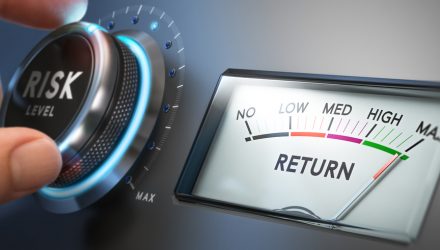In today’s flight to safety, it might seem that the riskiest assets like high yield bonds might be completely out of favor. However, when it comes to seeking yield in this low-rate environment, fixed income investors haven’t completely turned away from high yield bonds.
“Six weeks or two months ago, high-yield bonds, minus energy, were yielding 3.5%,” said Howard Marks of Oaktree Capital. “Today they are yielding close to 10%. These bonds are down substantially in price.”
The Federal Reserve is pledging to step in to help shore up the economy by purchasing corporate bonds as part of its accumulation of assets. However, it will more than likely be focused on investment-grade bonds as opposed to high-yielding debt.
“The Fed is one element on the positive side of the ledger, but not the only one,” Howard told CNBC via email. “The most important thing is that the yields and yield spreads have gotten attractive. A strategy of risk avoidance is not as compelling as in the past.”
For the retail fixed income investor, one thing to take note of before heading into the high yield debt space is to be wary of duration. Howard suggests the shorter, the better.
“This is a better time to buy, but not without short-term risk,” Howard said.
If investors still want to quench their thirst for high yield debt, they can look to ETFs like The High Yield ETF (NYSEArca: HYLD). HYLD seeks high current income with a secondary goal of capital appreciation by selecting a focused portfolio of high-yield debt securities, which include senior and subordinated corporate debt obligations, such as loans, bonds, debentures, notes, and commercial paper.
Another option is the VanEck Vectors Fallen Angel High Yield Bond ETF (BATS: ANGL). ANGL seeks to replicate as closely as possible the price and yield performance of the ICE BofAML US Fallen Angel High Yield Index, which is comprised of below investment grade corporate bonds denominated in U.S. dollars that were rated investment grade at the time of issuance. ANGL essentially focuses on debt that has fallen out of investment-grade favor and is now repurposed for high yield returns with the downgraded-to-junk status.
For investors seeking high-yielding income and emerging market exposure, they can look to the VanEck Vectors EM High Yield Bond ETF (NYSEArca: HYEM). HYEM seeks to replicate the ICE BofAML Diversified High Yield US Emerging Markets Corporate Plus Index, which is comprised of U.S. dollar-denominated bonds issued by non-sovereign emerging market issuers that have a below investment grade rating and that are issued in the major domestic and Eurobond markets.
For more market trends, visit ETF Trends.

